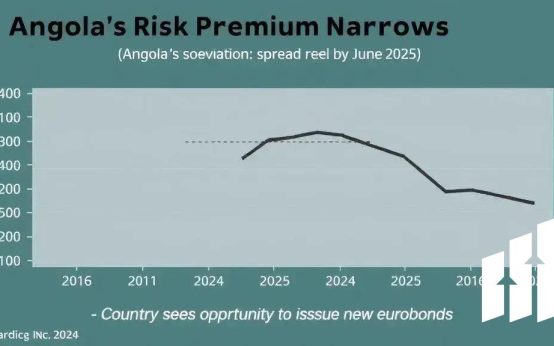Germany anticipates a modest GDP growth of 0.2% for 2025, indicating a potential recovery from economic stagnation. Factors such as a recovering global economy and increased demand for exports are crucial to this forecast. However, challenges like inflation and supply chain issues may impact the outlook. If managed effectively, this growth could lead to enhanced job opportunities and overall economic stability in Germany.
Germany is setting its sights on a brighter economic future. The country is predicting a modest GDP growth of 0.2% for 2025. This growth comes after a period of stagnation, which has got many people talking about what’s next.
Reasons Behind the Forecast
Several factors are driving this optimistic outlook. First, a recovering global economy is expected to fuel demand for German exports. This increase could help industries bounce back from past challenges. Also, government initiatives are playing a big role in supporting local businesses.
Impact on Employment
With this growth, there could be a positive shift in the job market. As companies start to expand, hiring might increase. This could lead to more job opportunities for people across the nation. Additionally, job security may improve as businesses grow stronger.
Challenges Ahead
While the forecast sounds promising, challenges remain. Inflation rates and supply chain issues might slow down economic activity. Germany must stay alert and address these factors to ensure the growth continues.
Many economists are watching closely. They hope that this forecast marks the beginning of a robust recovery for Germany. A growing economy could bring long-term benefits, enhancing the nation’s overall stability.
Conclusion
In conclusion, Germany’s forecast of a 0.2% GDP growth for 2025 brings a sense of hope to the economy. This potential growth highlights the resilience of the nation in facing economic challenges. With the right support from government initiatives and the global market, Germany could emerge stronger.
However, it is essential to stay mindful of the obstacles that lie ahead, such as inflation and supply chain disruptions. By addressing these issues head-on, Germany can pave the way for sustainable growth and improved employment opportunities. Overall, the future looks promising for Germany, if it can harness its strengths and adapt to the changing economic landscape.
FAQ – Frequently Asked Questions about Germany’s GDP Growth Forecast
What does Germany’s GDP growth forecast of 0.2% mean?
It indicates that the economy is expected to grow slightly in 2025, suggesting a recovery from previous stagnation.
What factors contribute to this optimistic forecast?
Key factors include a recovering global economy, increased demand for German exports, and government support for local businesses.
How will this growth impact employment in Germany?
As companies grow, hiring may increase, leading to more job opportunities and improved job security for workers.
What challenges could affect Germany’s economic growth?
Challenges include inflation, supply chain issues, and economic uncertainties that need to be managed for sustained growth.
Why is this GDP growth forecast important for the German economy?
A positive growth forecast can boost confidence among businesses and investors, potentially leading to increased investments and spending.
How can Germany sustain its economic growth moving forward?
Germany can sustain growth by addressing challenges proactively, maintaining strong export demand, and continuing to support local industries through policy measures.


 Miran Highlights Dual Goals of Fed and Interest Rate Outlook
Miran Highlights Dual Goals of Fed and Interest Rate Outlook  Are You a Robot? Unusual Activity Detected on Bloomberg
Are You a Robot? Unusual Activity Detected on Bloomberg  Keir Starmer Leads Business Delegation to India for Trade Pact
Keir Starmer Leads Business Delegation to India for Trade Pact  Takaichi Appoints Ex-Finance Minister as Secretary General of LDP
Takaichi Appoints Ex-Finance Minister as Secretary General of LDP  Argentina Continues Dollar Sales Amid Weakened Peso Crisis
Argentina Continues Dollar Sales Amid Weakened Peso Crisis  White House Calls on Democrats to Resolve Ongoing Government Shutdown
White House Calls on Democrats to Resolve Ongoing Government Shutdown